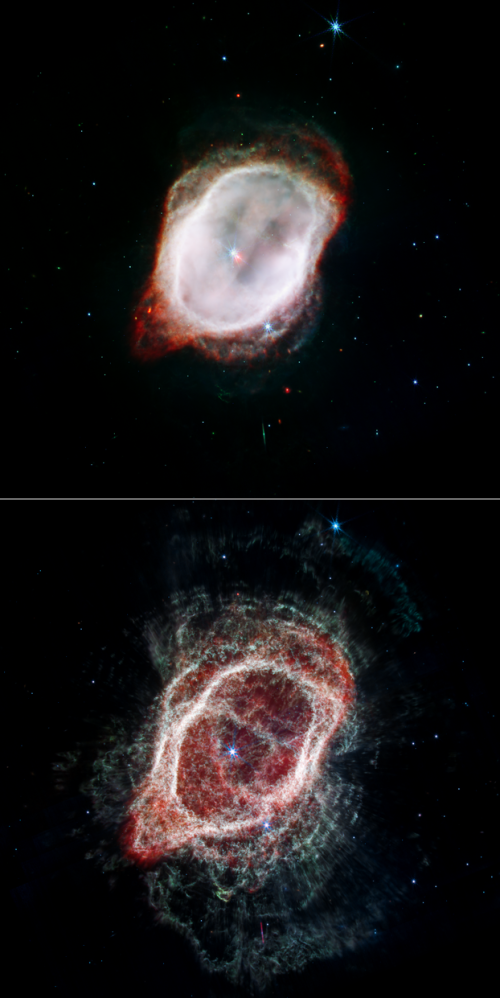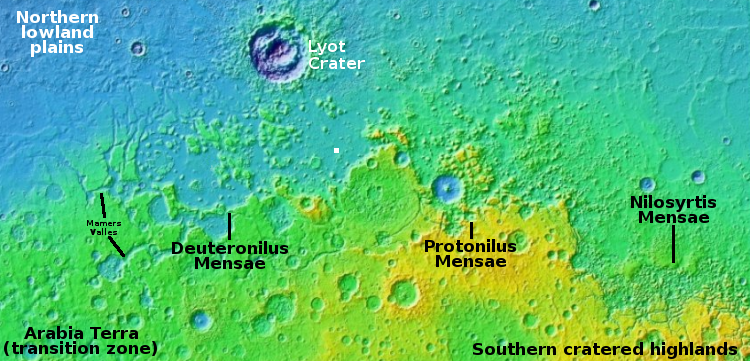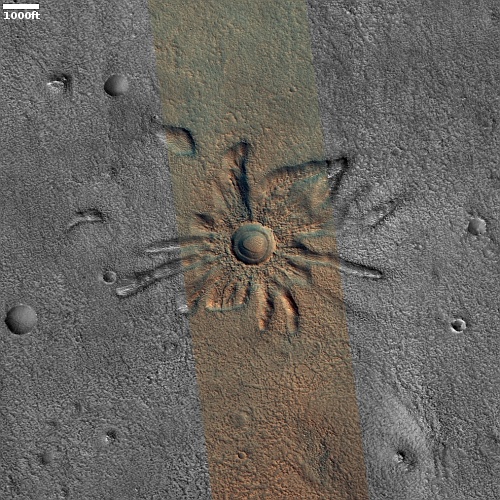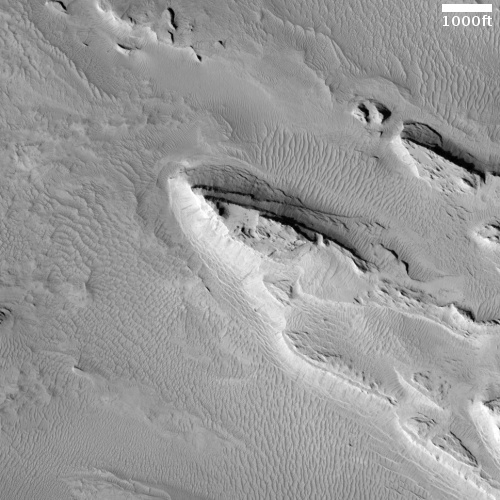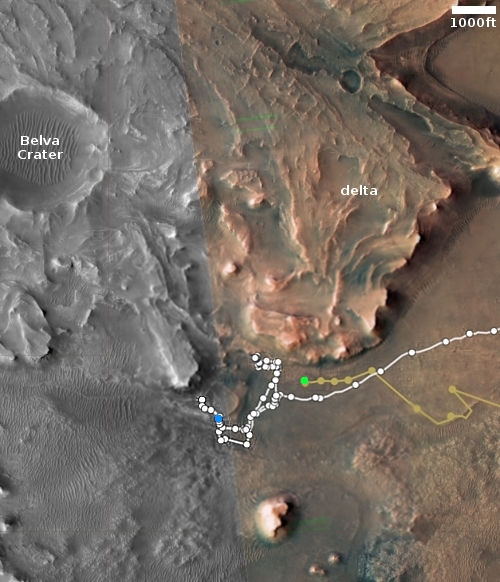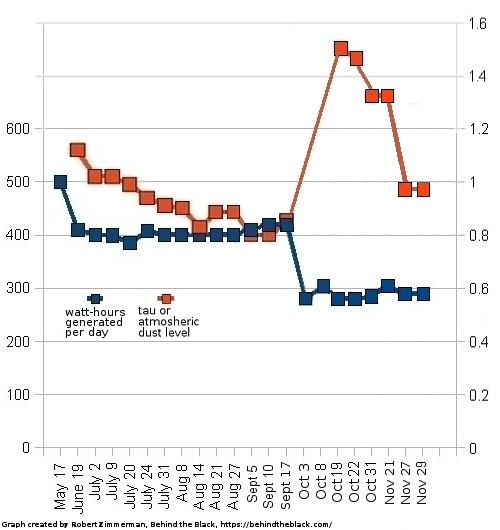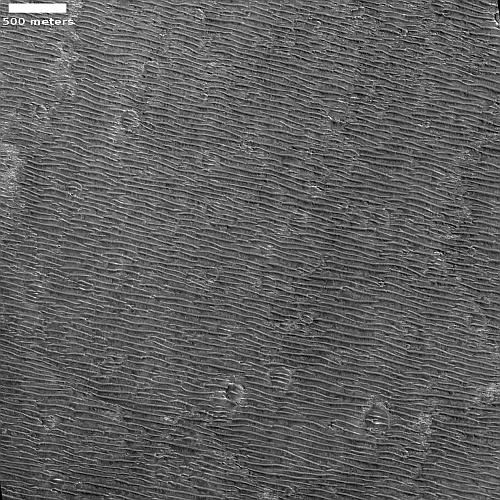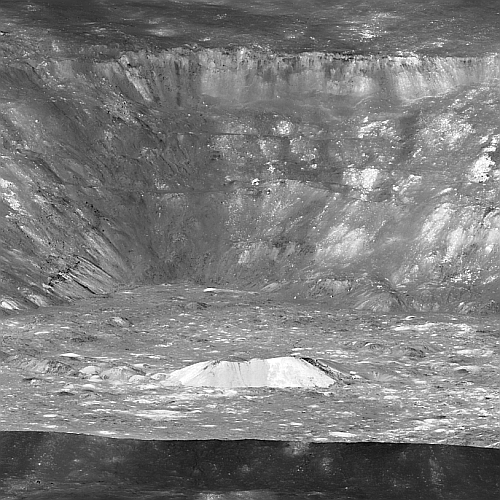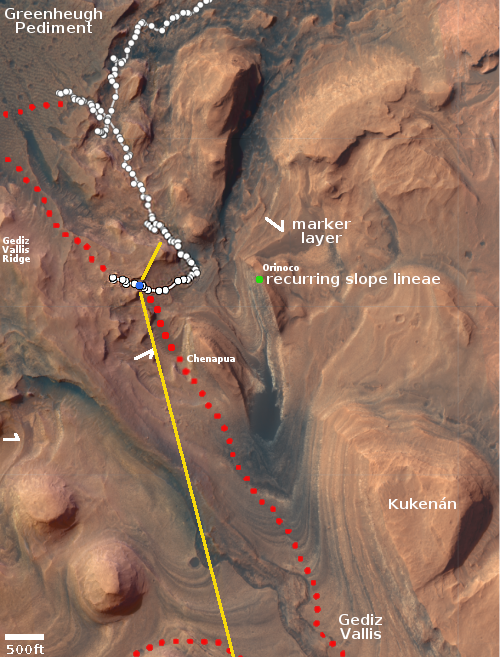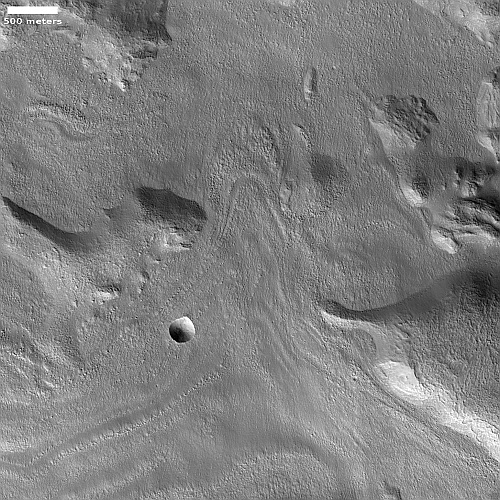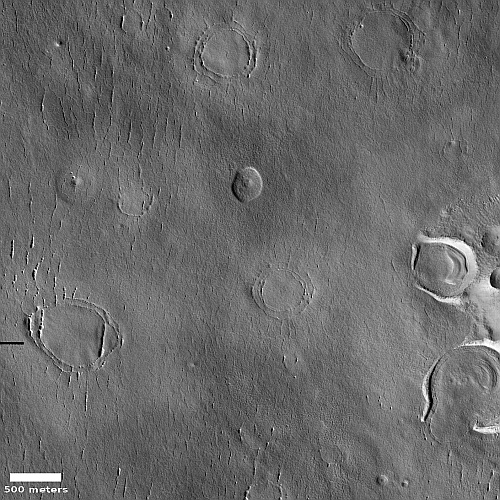Billionaire Maezawa chooses his passengers for Starship lunar flight
Japanese billionaire Yusaku Maezawa yesterday announced the eight passengers he will take with him on his private Starship flight around the Moon, its launch date still not set.
The full list of ten (including the two back-up passengers) is a wide mixture of individuals with a wide range of disciplines coming from a wide range of countries. For those interested in space, the one name that stood out and was very familiar was Tim Dodd, created of Everyday Astronaut. He created a video describing his selection as well as Maezawa’s entire project, which I have embedded below:
» Read more
Japanese billionaire Yusaku Maezawa yesterday announced the eight passengers he will take with him on his private Starship flight around the Moon, its launch date still not set.
The full list of ten (including the two back-up passengers) is a wide mixture of individuals with a wide range of disciplines coming from a wide range of countries. For those interested in space, the one name that stood out and was very familiar was Tim Dodd, created of Everyday Astronaut. He created a video describing his selection as well as Maezawa’s entire project, which I have embedded below:
» Read more

